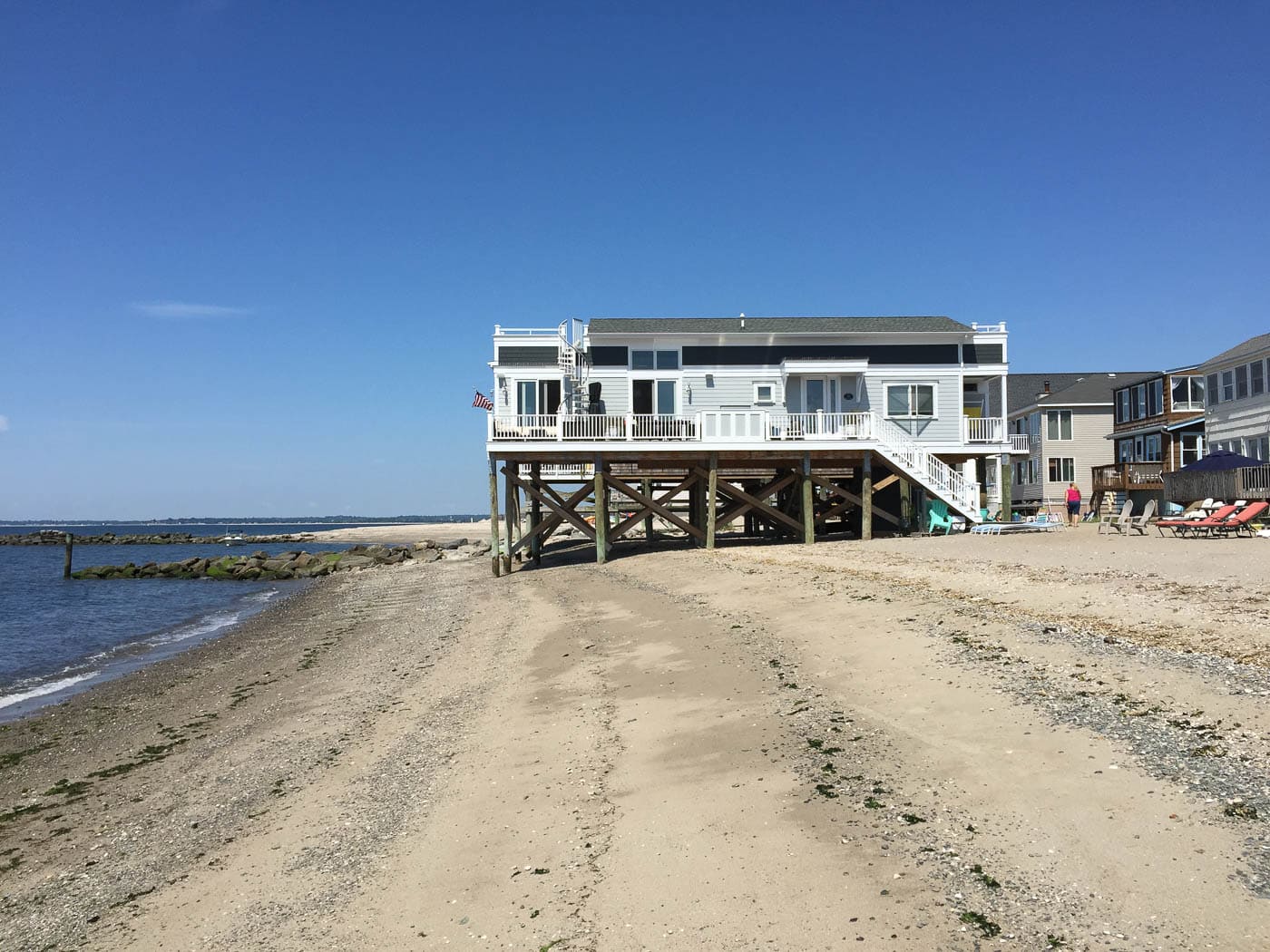Elevation Certificates
If you are considering building a new house, an addition, a pool, undertaking certain landscaping projects or possibly looking to reduce or remove your existing flood insurance, there are new state and federal regulations you need to be aware of. New federal legislation has changed how floodplain areas are defined as well as the permit requirements for building within these regulated areas.
If your property is determined to be in a floodplain, you need to obtain a special letter of assessment from the U.S. Government that qualifies you to be purchase government backed flood insurance. In addition there are several permits and paperwork that you must complete.
The first step for the homeowner is to obtain an Elevation Certificate. An elevation certificate is an official record that shows new buildings and substantial improvements in all identified Special Flood Hazard Areas (SFHAs) are properly elevated. This elevation information is needed to show compliance with the floodplain management ordinances. This document is used by the property owner to obtain flood insurance or even reduce insurance premiums depending on the survey.
Depending on the outcome of the elevation certificate, your home or property may even be eligible for a Letter of Map Amendment. Obviously all of these floodplain requirements are complicated and confusing. This is where the experience of A-2 Surveys LLC comes in handy.
Terms you should know:
- FEMA – Federal Emergency Management Agency
The Federal Emergency Management Agency is an agency within the Department of Homeland Security that coordinates the response to a national disaster by utilizing and implementing local, state, and federal resources. - NFIP – National Flood Insurance Program
In 1968, Congress created the National Flood Insurance Program (NFIP) to help provide a means for property owners to financially protect themselves. The NFIP offers flood insurance to homeowners, renters, and business owners if their community participates in the NFIP. Participating communities agree to adopt and enforce ordinances that meet or exceed FEMA requirements to reduce the risk of flooding - LOMA – Letter of Map Amendment
A Letter of Map Amendment (LOMA) is an official amendment, by letter, to an effective National Flood Insurance Program (NFIP) map. A LOMA establishes a property’s location in relation to the Special Flood Hazard Area (SFHA). LOMAs are usually issued because a property has been inadvertently mapped as being in the floodplain, but is actually on natural high ground above the base flood elevation.
Because a LOMA officially amends the effective NFIP map, it is a public record that the community must maintain. Any LOMA should be noted on the community’s master flood map and filed by panel number in an accessible location. - SFHA – Special Flood Hazard Area
The land area covered by the floodwaters of the base flood is the Special Flood Hazard Area (SFHA) on NFIP maps. The SFHA is the area where the National Flood Insurance Program’s (NFIP’s) floodplain management regulations must be enforced and the area where the mandatory purchase of flood insurance applies. The SFHA includes Zones A, AO, AH, A1-30, AE, A99, AR, AR/A1-30, AR/AE, AR/AO, AR/AH, AR/A, VO, V1-30, VE, and V.

